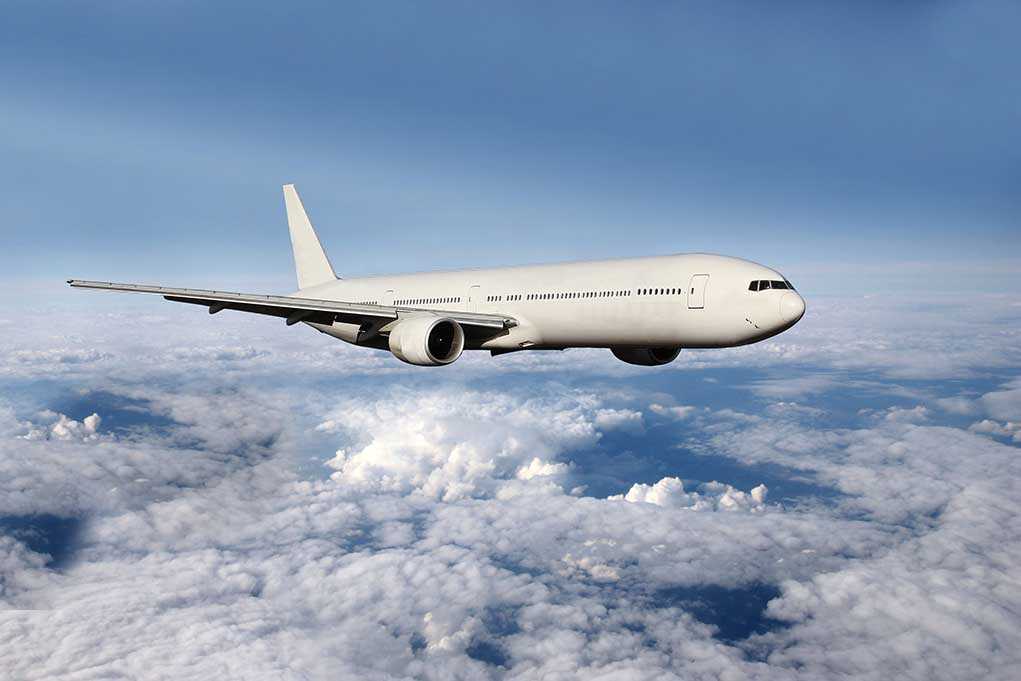
A trusted airline pilot’s attempt to sabotage a commercial flight mid-air exposes dangerous gaps in aviation mental health screening that could have killed 83 innocent Americans.
Story Highlights
- Former Alaska Airlines pilot Joseph Emerson reaches plea deals after attempting to cut engines on Flight 2059 in October 2023
- Emerson tried to deploy fire suppression systems that would have disabled both engines at cruising altitude over 83 passengers
- The incident occurred after Emerson used psychedelic mushrooms two days prior, raising questions about pilot drug screening
- Flight crew heroically intervened to prevent catastrophe and safely diverted to Portland, Oregon
- Case highlights critical weaknesses in aviation mental health protocols and cockpit access for off-duty pilots
Pilot’s Dangerous Actions Nearly Caused Disaster
Joseph David Emerson, an off-duty Alaska Airlines pilot, attempted to disable both engines of Flight 2059 while sitting in the cockpit jump seat on October 22, 2023. Emerson reached for the engine fire suppression handles, which would have cut fuel to both engines at cruising altitude over the Pacific Northwest. The flight crew immediately intervened, preventing what could have been a catastrophic crash involving 83 people aboard the Horizon Air-operated Embraer 175. The plane was safely diverted to Portland, Oregon, where Emerson was arrested and charged with 83 counts of attempted murder.
Mental Health Crisis and Drug Use Behind Attack
Emerson’s actions stemmed from a mental health crisis following the death of a close friend, compounded by his experimentation with psilocybin mushrooms just two days before the flight. During interviews, Emerson described experiencing a dissociative episode that led to his dangerous behavior in the cockpit. He expressed remorse, stating it was “30 seconds of my life that I wish I could change.” This case highlights concerning gaps in pilot mental health monitoring and substance abuse screening that could endanger American families traveling by air.
Legal Resolution and Aviation Safety Concerns
As of September 2025, Emerson has reached plea agreements with both federal and state prosecutors, though specific terms remain undisclosed pending court approval. The pilot remains out on bond awaiting final proceedings. This incident raises serious questions about cockpit access protocols for off-duty pilots and the adequacy of current mental health support systems within the aviation industry. The heroic actions of the flight crew prevented a potential mass casualty event, but the case exposes vulnerabilities that threaten passenger safety.
Industry Reform Needed to Protect Passengers
Aviation safety experts emphasize the extreme rarity of such incidents while calling for enhanced pilot mental health resources and improved screening procedures. The case may trigger industry-wide reforms in pilot assessment protocols and cockpit security measures. Airlines and regulatory authorities must balance rigorous safety standards with support systems that encourage pilots to seek help without fear of career consequences. This incident serves as a wake-up call for comprehensive aviation safety reforms to protect American travelers from internal threats within trusted cockpit personnel.
Sources:
Alaska Airlines Flight 2059 – Wikipedia
Former Alaska Airlines pilot who tried to shut down engines mid-flight shares his story – ABC News
Ex-Alaska Airlines pilot who tried to shut off plane’s engines mid-flight speaks out – CBS News

















